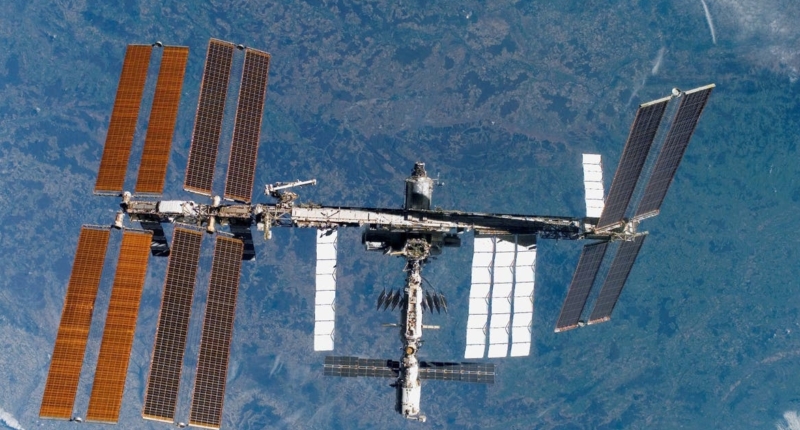The Institute of Cancer Research in the UK is sending samples of cancer cells to the International Space Station to observe how they spread in microgravity in order to gain insight into an incurable childhood tumour known as diffuse midline glioma. The study, called D(MG)2, will be conducted in microgravity to observe how cancer cells interact with one another within three-dimensional structures. This interaction is believed to drive growth, and researchers expect that the microgravity environment will allow the 3D cultures to grow much larger than on Earth, thereby enabling the team to conduct more extensive studies. If successful, the study could lead to groundbreaking new ideas for disrupting tumour growth that can be further developed in the lab. The UK government has also awarded £2.6 million to fund research on preventing childhood brain tumours and understanding the ageing process through experiments conducted by astronauts on board the International Space Station. The project is expected to launch in 2025, with samples expected to be returned to Earth about six months later.
The Institute of Cancer Research in the UK is conducting scientific experiments on childhood tumours by sending cancer cells into space. The purpose of the microgravity experiments is to gain insight into diffuse midline glioma, a deadly and incurable brain tumour that primarily affects children. Researchers hope that the experiments will offer valuable information about how the disease spreads in microgravity, which could lead to more effective therapies. The study, called D(MG)2, will be conducted on the International Space Station to observe how cancer cells interact with one another within three-dimensional structures. This interaction is believed to drive growth, and researchers expect that the microgravity environment will allow the 3D cultures to grow much larger than on Earth, thereby enabling the team to conduct more extensive studies.
Diffuse midline glioma is a particularly aggressive form of brain tumour that has a poor prognosis; most children diagnosed with the disease die within 18 months. Karen Armstrong, the daughter of late US astronaut Neil Armstrong, died of the disease in the early sixties. Despite significant advances in understanding the biological complexity of these tumours over the past 15 years, survival rates have not improved substantially.
The study has received £1.2 million in funding from the UK Government. Another study, MicroAge II, which is led by the University of Liverpool, was awarded £1.4 million to investigate how the microgravity environment affects astronauts’ muscles in space. The equipment for both studies will be built by Kayser Space, a specialist in microgravity hardware based in Oxfordshire.
While it is possible to recreate microgravity on Earth, the researchers believe that the mechanical stress induced by those conditions may change how cancer cells behave, and therefore prefer to conduct the experiments in space. If successful, the study could lead to groundbreaking new ideas for disrupting tumour growth that can be further developed in the lab.
In conclusion, sending cancer cells into space is a unique and innovative approach to studying a deadly form of childhood cancer. The researchers hope to gain insight into how cancer cells interact with one another in microgravity to develop new and more effective therapies to treat this incurable disease.
The UK government has awarded £2.6 million to fund research on preventing childhood brain tumours and understanding the ageing process through experiments conducted by astronauts on board the International Space Station. George Freeman, the minister of state at the Department for Science, Innovation and Technology, believes that space is the ultimate laboratory testbed for cutting-edge research in biomedicine, nutrition, and energy. The project, which is expected to launch in 2025, is another example of how the UK’s strengths in different sectors drive technology leadership with significant benefits for mankind and health systems around the world. The samples are expected to be returned to Earth six months after the experiments are conducted.
Don’t miss interesting posts on Famousbio










